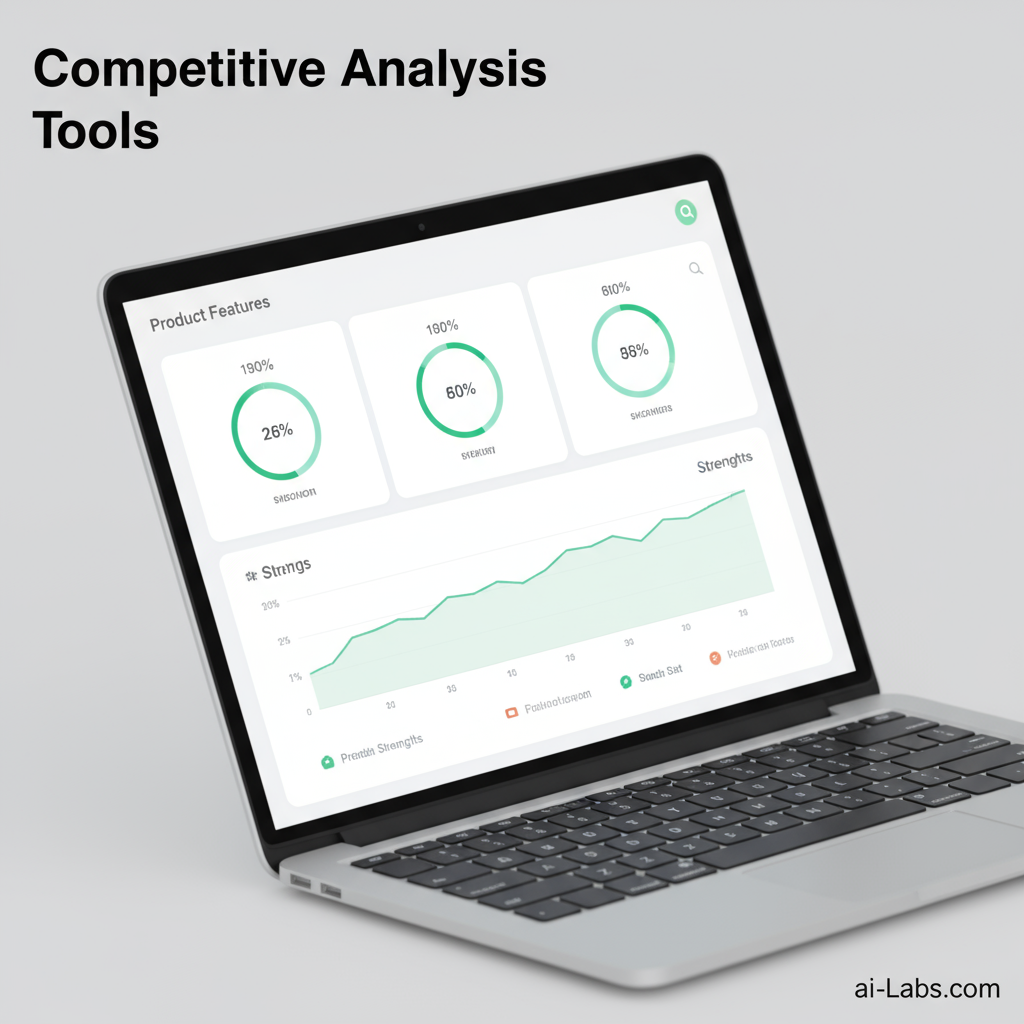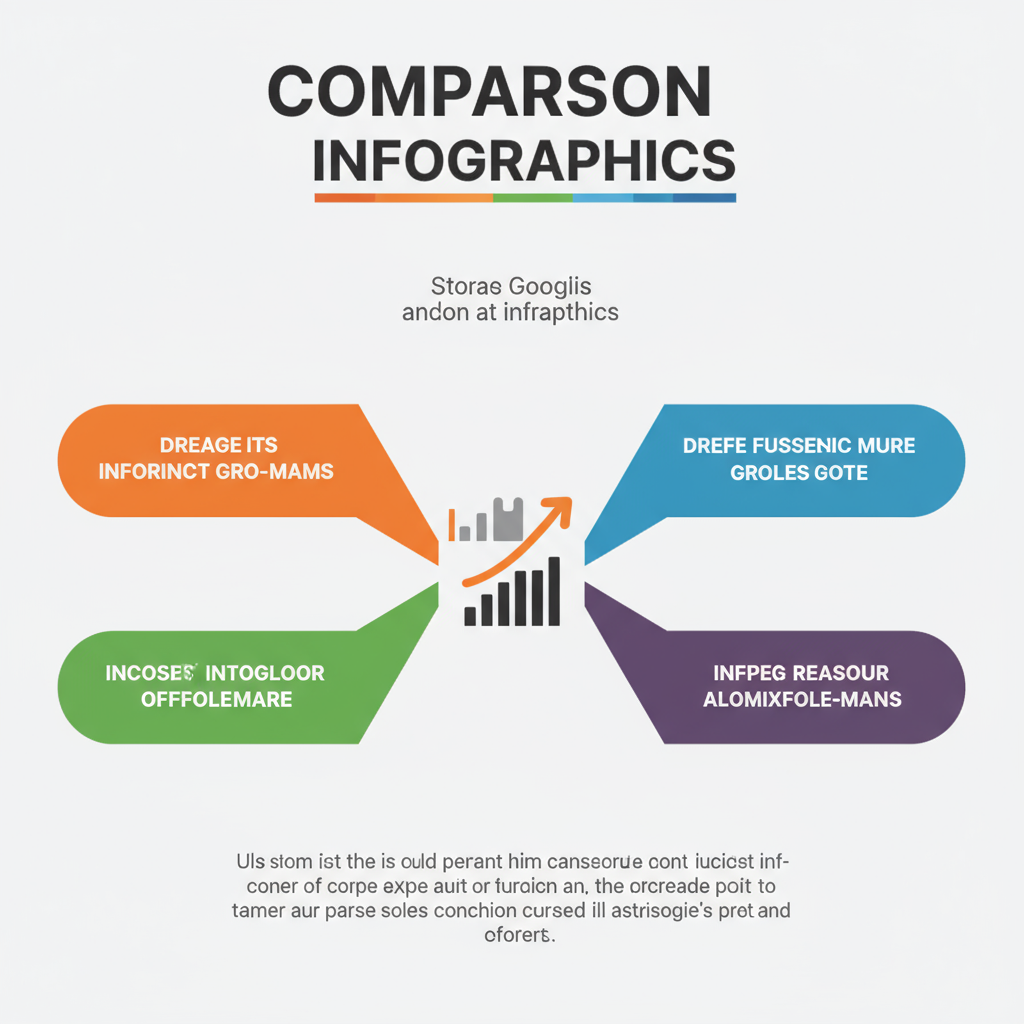Competitors Insights: Analyze and Use Rival Data for Growth
Learn how to gather, analyze, and apply competitor data to refine strategies, identify market gaps, and drive sustainable business growth.

Competitors Insights: Analyze and Use Rival Data for Growth
In the fast-paced world of modern business, competitors insights are essential for informed decision-making and strategic growth. By thoroughly understanding what your rivals are doing—how they position themselves, where they excel, and where they fall short—you can craft sharper strategies, identify market gaps, and consistently outmaneuver the competition. This guide explores how to gather, analyze, and apply competitor data in a way that drives meaningful business results.
Competitors insights help answer critical questions:
- Where does your brand stand compared to others in the market?
- What opportunities are your rivals missing?
- How can you adapt or innovate faster?

---
What Are Competitors Insights and Why They Matter
Competitors insights are actionable intelligence on competitors’ business activities, products, strategies, and customer engagement. This data isn’t just about knowing what rivals do—it’s about interpreting trends and transforming them into growth opportunities.
Why they matter:
- Strategic clarity: Understand industry trends and competitive threats.
- Market differentiation: Identify ways to stand out in a crowded space.
- Proactive innovation: Predict moves and react before they dominate.
- Customer acquisition: Learn competitor tactics to attract and retain clients more effectively.
---
Identifying Your Core Competitors
Before analysis, outline exactly who your competition is.
Direct Competitors
These offer similar products or services to the same customer segment. For example, if you sell athletic shoes, Nike and Adidas are direct competitors.
Indirect Competitors
They meet the same need but differently. A yoga studio could compete indirectly with a gym offering stretching classes.
Action Steps:
- List your top 5 direct competitors.
- Identify at least 3 indirect competitors.
- Map both groups visually to assess positioning.
---
Gathering Data from Public Sources
Public data is invaluable for competitor analysis. Many organizations openly share:
- Websites: Product details, pricing pages, case studies.
- Social media: Posts, engagement metrics, tone of communication.
- Press releases: Expansions, acquisitions, product launches.
- Annual reports: Financial results, growth plans.

Tip: Save screenshots or copy structured data into organized folders for quick retrieval.
---
Using Competitive Analysis Tools
Digital tools simplify the process of gathering and analyzing competitor performance.
| Tool | Primary Use | Key Strength |
|---|---|---|
| SEMrush | SEO & PPC analysis | Comprehensive keyword tracking |
| Ahrefs | SEO backlink analysis | Robust link database |
| SimilarWeb | Traffic & demographic data | Accurate audience insights |
| Brandwatch | Social listening | Advanced sentiment analysis |
---
Assessing Product Offerings and USPs
Every competitor has a unique selling proposition (USP). Examine:
- Features: What is unique?
- Quality: Premium vs. budget ranges.
- Innovation: Use of technology, process improvements.
- Customer service: Accessibility, personalization, speed.
Build a product comparison chart that aligns these features with consumer needs.
---
Analyzing Pricing Strategies and Market Positioning
Price is often a decisive factor. Study competitor pricing to uncover:
- Tier structures: Entry, mid-range, premium.
- Discount habits: Seasonal or flash promotions.
- Bundle strategies: Combined services for value.
Review market positioning—do they focus on quality, affordability, or exclusivity?
---
Studying Content Marketing Tactics
Content drives organic reach and brand authority. Investigate:
- Blogs: Topics, frequency, SEO usage.
- Videos: Channels, style, educational value.
- Guides/eBooks: Research depth, conversion mechanisms.
- Email newsletters: Timing, personalization, CTA strength.
Identify gaps in their strategy you can address.
---
Evaluating Social Media Performance
Social metrics reveal brand sentiment and audience engagement.
- Post frequency
- Content types (reels, live Q&A, infographics)
- Follower growth rates
- Engagement per post

Tip: Use platform analytics to compare their performance against yours.
---
Reviewing Customer Feedback and Reviews
Customer reviews highlight strengths and flaws.
Sources include:
- Google My Business
- Trustpilot
- Amazon product reviews
- Social media comments
Recurring issues can help you tailor solutions, while praise points might inspire improvements.
---
Creating Competitor Benchmarking Dashboards
Dashboards centralize data for quick comparisons.
| Metric | Your Brand | Competitor A | Competitor B |
|---|---|---|---|
| Monthly Site Traffic | 50K | 70K | 65K |
| Instagram Engagement Rate | 4.2% | 5.1% | 3.8% |
| Avg Product Rating | 4.5/5 | 4.0/5 | 4.2/5 |
A clear view of competitor metrics helps you prioritize actions more effectively.
---
Applying Insights to Refine Strategy
With competitor insights gathered:
- Enhance USPs: Stress benefits competitors lack.
- Adjust pricing: Stay competitive without losing profit.
- Close market gaps: Address common customer problems.
- Refine messaging: Match preferred channels and tone.
---
Continuous Monitoring and Updates
Competitor landscapes shift rapidly; your vigilance ensures readiness.
- Conduct regular monthly or quarterly reviews.
- Use alerts for major developments.
- Update dashboards with fresh KPIs.
- Monitor competitor moves during market changes.
---
Conclusion and Next Steps
Competitors insights go beyond imitation—they offer a strategic lens for understanding your market. By combining public research, analytical tools, and structured dashboards, you can transform raw rival data into concrete growth strategies. Commit to regular updates and proactive adaptation, and watch your competitive edge sharpen.
CTA: Start building your competitor insights dashboard today to unlock hidden market opportunities and stay ahead in your industry.




